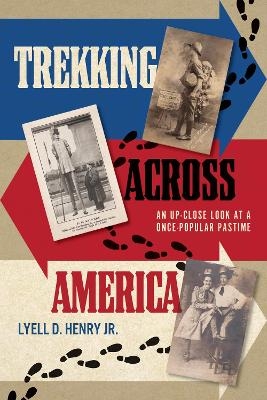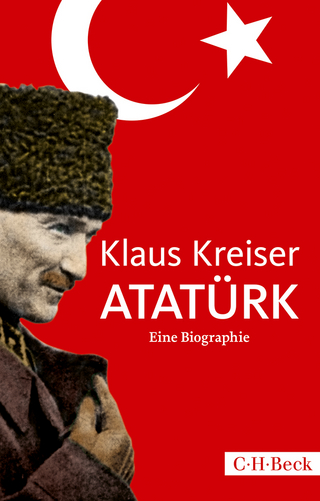
Trekking across America
An Up-Close Look at a Once-Popular Pastime
Seiten
2024
University of Iowa Press (Verlag)
978-1-60938-979-6 (ISBN)
University of Iowa Press (Verlag)
978-1-60938-979-6 (ISBN)
For several decades following the end of the Civil War, the most popular sport in the United States was walking. Professional pedestrians often covered 500 miles or more in pursuit of large money prizes. Tapping vintage postcards and old newspaper articles, this is the first book to bring back to view this once-familiar feature of American life.
For several decades following the end of the Civil War, the most popular sport in the United States was walking. Professional pedestrians often covered 500 miles or more for up to six grueling days and nights in pursuit of large money prizes. Walking was also a favorite amateur sport; newspapers often noted a “pedestrian mania” or “walking fever” that only began to give way in the mid-1880s to fast-rising crazes for baseball, bicycling, and roller skating.
As competitive walking faded, a new kind of spectacle walking, which had also begun in the late 1860s, came to full flower. Between 1890 and 1930, hundreds of men, women, even children and entire families were on the nation’s roads and railroad tracks trekking between widely separated points, sometimes moving in unusual ways such as on roller skates or by walking barefooted, backward, on stilts, or while rolling a hoop. To finance their attention-seeking journeys, many sold souvenir postcards. The public usually found these performers entertaining, but public officials and newspaper editors often denounced them as nuisances or frauds. Tapping vintage postcards and old newspaper articles, this is the first book to bring back to view this once-familiar feature of American life.
For several decades following the end of the Civil War, the most popular sport in the United States was walking. Professional pedestrians often covered 500 miles or more for up to six grueling days and nights in pursuit of large money prizes. Walking was also a favorite amateur sport; newspapers often noted a “pedestrian mania” or “walking fever” that only began to give way in the mid-1880s to fast-rising crazes for baseball, bicycling, and roller skating.
As competitive walking faded, a new kind of spectacle walking, which had also begun in the late 1860s, came to full flower. Between 1890 and 1930, hundreds of men, women, even children and entire families were on the nation’s roads and railroad tracks trekking between widely separated points, sometimes moving in unusual ways such as on roller skates or by walking barefooted, backward, on stilts, or while rolling a hoop. To finance their attention-seeking journeys, many sold souvenir postcards. The public usually found these performers entertaining, but public officials and newspaper editors often denounced them as nuisances or frauds. Tapping vintage postcards and old newspaper articles, this is the first book to bring back to view this once-familiar feature of American life.
Lyell D. Henry Jr. is professor emeritus of political science at Mount Mercy University. He is author of The Jefferson Highway: Blazing the Way from Winnipeg to New Orleans (Iowa, 2016). He lives in Iowa City, Iowa.
| Erscheinungsdatum | 02.11.2024 |
|---|---|
| Zusatzinfo | 82 b&w photos, 26 b&w images |
| Verlagsort | Iowa |
| Sprache | englisch |
| Maße | 152 x 229 mm |
| Gewicht | 454 g |
| Themenwelt | Sachbuch/Ratgeber ► Sport |
| Geisteswissenschaften ► Geschichte ► Regional- / Ländergeschichte | |
| Weitere Fachgebiete ► Sportwissenschaft | |
| ISBN-10 | 1-60938-979-4 / 1609389794 |
| ISBN-13 | 978-1-60938-979-6 / 9781609389796 |
| Zustand | Neuware |
| Haben Sie eine Frage zum Produkt? |
Mehr entdecken
aus dem Bereich
aus dem Bereich
Universalgelehrter, Polarreisender, Entdecker
Buch | Hardcover (2024)
mareverlag
28,00 €


